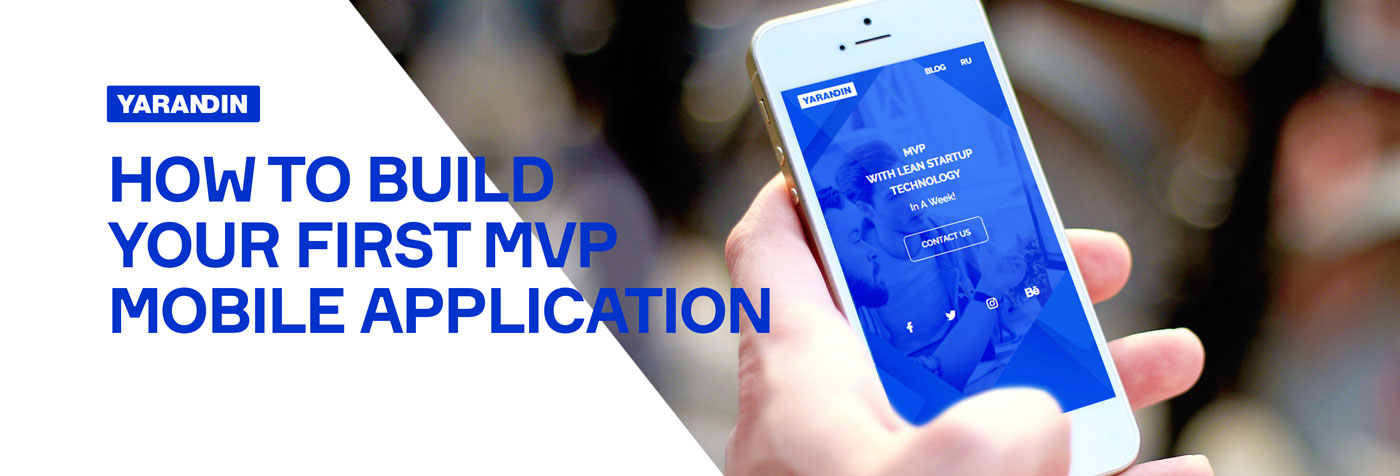What do companies like Airbnb, Dropbox, Snapchat, and Uber have in common? The answer is simple: each started with the creation of a minimum viable product (MVP) mobile application. The managements of these world-famous businesses did not attempt to make an ideal product to conquer the market; instead, they focused on key functionalities. For example, all that Uber did in the first version of its mobile app was connect drivers with customers and allow drivers to accept payments. It seems primitive, but this is what helped Uber quickly enter and start learning from the market. Receiving constant feedback is what allowed this new company to build, step by step, a multibillion-dollar business. The success of Uber, as well as of the above-mentioned companies, was not accidental, as it is sometimes considered by those who failed in their own endeavors. It stems from a seemingly simple but very powerful concept that involves learning from the market through the development of MVP applications, an idea that we are going to discuss in this article.

How to Start Development of an MVP Mobile Application
A distinctive feature of successful entrepreneurs is that they create products and services that solve problems. It is important to understand that in a competitive market, only those who create value are able to make money. Therefore, the first two questions to be asked when starting the process of developing an MVP mobile application are “what kind of problem will the mobile app solve?” and “will this new solution be better than the alternatives available on the market?” Sometimes, answering such questions calls for creating value propositions. Creating a good value proposition is not an easy task in itself. Additionally, this is only half the battle because it is equally important to determine the demand for the proposed solution—that is, to find out whether there is a chance for it to become popular. Among the many ways of doing this, the simplest is to analyze search queries through Google Keyword Planner, a tool that allows developers to find out the number of people who are looking for what they plan to offer.
How to Define MVP Mobile Application Functionality
Only after making sure that the conceived mobile application’s solution has high market demand can you proceed to the second step: planning the functionality of the MVP mobile application. It helps to write a list that covers, in great detail, all the functions that your application will ever have. At this stage, do not limit your imagination—think of an ideal application and describe it using as much detail as possible, including the technical scope of each function. The creation of such a document is important because assembling features in a list allows you to prioritize them and choose the most important ones to be implemented in the MVP app.
There are many ways to determine the different priorities for features. In most cases, we recommend that you follow a simple path and just rate each feature from 1 to 10, where 1 is the least and 10 is the most important feature. You can take this ranking one step further by marking some of them as “essential” (usually functions ranked 9 or 10). Those essentials comprise an MVP app’s core features—the ones you want to be focusing on.

How to Find MVP Mobile App Developers
Finally, we ask the question of how to find developers. We have covered this topic in our article “How to Find MVP Developers”, so we will only briefly summarize its main points here: 1) look for those who specialize in MVP development, not just those who know something about it; 2) treat MVP developers as partners; and 3) do not be afraid of offshore outsourcing. Of course, feel free to contact Yarandin, Inc. As a professional MVP developer, we already have everything you need to ensure the success of your next MVP mobile application.

